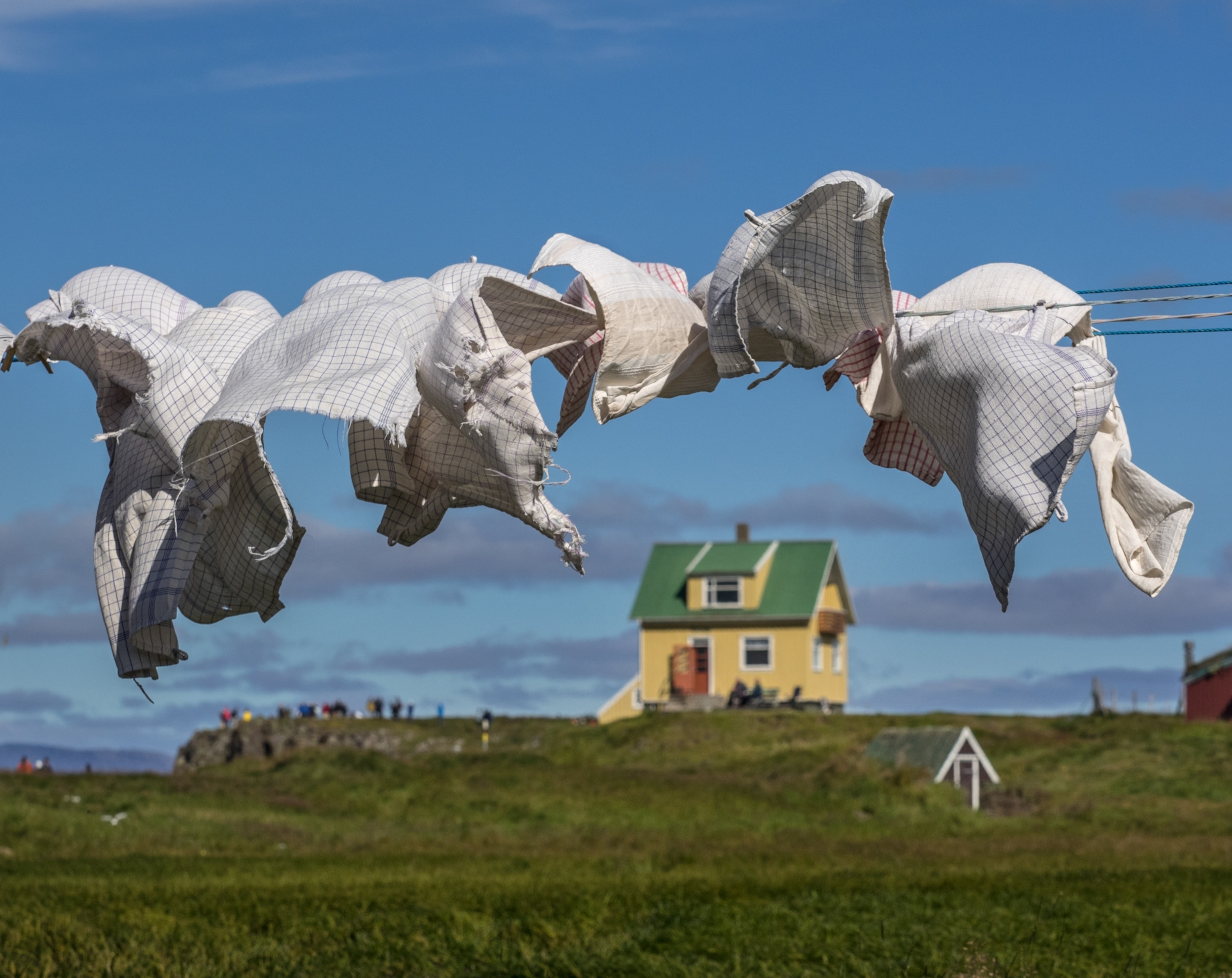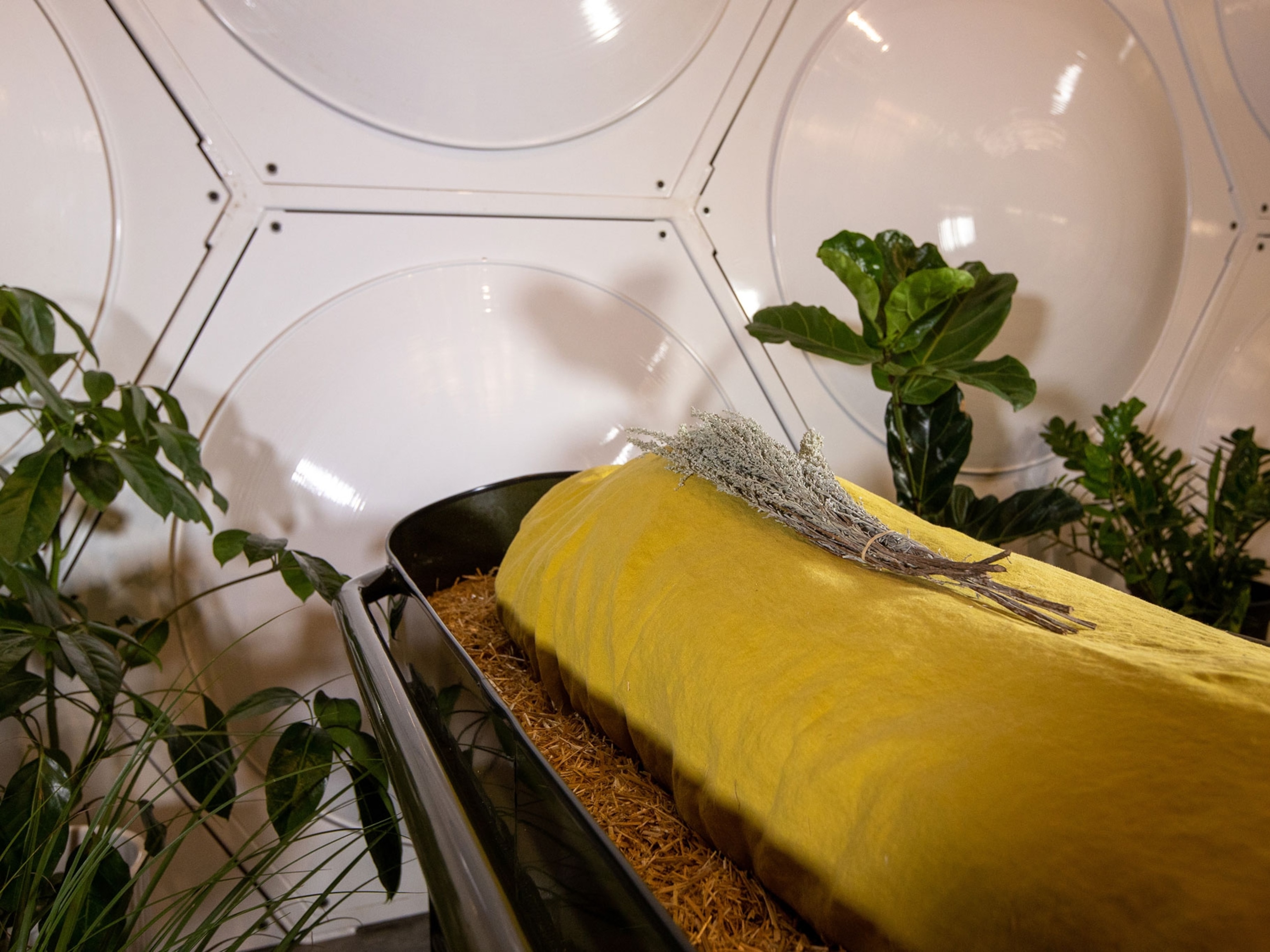
Simple ways to make your laundry routine more eco-friendly
From the type of detergent you use to how you dry your clothes, here are some easy changes that will make laundry day better for the planet.
Whether you’re lucky enough to have an in-house washer and dryer set, or you trudge to the local laundromat, there’s no getting away from that never-ending pile of laundry. But keeping our attire clean has surprising environmental impacts.
Scientists recently estimated that microplastics released by laundering synthetic clothes are responsible for more than a third of the microplastic found in the world’s oceans, for instance. And a single cycle in the washing machine can use as many as 40 gallons of water.
But laundry doesn’t have to be such a burden on the environment. Changing your laundry habits is one of the easiest ways to make your home more environmentally friendly.
It’s a wash
A simple way to reduce the amount of water used is to make sure you’re only washing full loads rather than just a couple of items. Some newer washing machines are equipped with a sensor that gauges how much water each load needs; this saves water, but still requires electricity to operate the machine more frequently than necessary.
Heating water for the wash is another energy draw. One household can cut 800 pounds of carbon pollution every year by washing four out of five loads of their laundry in cold water, which is sufficient for most laundry loads. According to General Electric, a hot water wash is called for when you need to sanitize clothing or if tap water drops below 40° F during winter months.
Some synthetic fabrics are easier to wash in warmer water, too. (And if you wash a lot of synthetic clothing, equipping both your washing machine and dryer with a filter to capture microplastics can help reduce the plastic pollution entering the water supply.)
Choosing detergent
The products you use to clean your clothing are another factor to consider. A growing number of companies are offering eco-friendly laundry detergent options that are biodegradable and often made without petroleum-based chemicals. While it’s a slight improvement, many of these products still come in sturdy plastic jugs that may or may not be recyclable, potentially adding to the waste stream.
Relatively new to the market, and (as yet) often available only in specialty stores or online, are laundry sheets. These dry squares of concentrated detergents are free of plastics, both in the product itself and in their packaging. Brands to look for include Sheets Laundry Club, Tru Earth, and Kind Laundry. Even popular household manufacturer Arm and Hammer is joining the ranks of laundry sheet producers, meaning laundry sheets may become more readily available in retail outlets.
High and dry
North America is unique in its love affair with clothes dryers. In other parts of the world, it’s common for clothes to be air dried, either on laundry lines, balconies, or collapsible indoor racks. It’s not as fast, but it’s a zero-emission option and there’s nothing like climbing into a bed freshly made with sun-dried sheets.
If you do tumble dry, separate thick bulky items that take a long time to dry from lighter items. Combining heavy items like towels or jeans with lightweight laundry requires a longer drying time for the entire load. Think about this as you’re loading the washing machine, and then adjust the drying time for each batch accordingly.
In addition to the energy drawn by tumbling clothes dry, there’s the air vented from the machine. A study from the University of Washington tested the emissions from dryer vents and found 25 volatile organic compounds (VOCs), including seven considered hazardous air pollutants and two classified as carcinogens. The residue of the laundry detergent coupled with chemical-laden dryer sheets creates emissions that impact air quality.
Instead of using those toxic dryer sheets to reduce static cling, consider getting several wool dryer balls. Added to a wet load of laundry, they can reduce static electricity and hasten drying time by encouraging airflow around the contents of the dryer.
Common scents
If you’ve ever walked by a busy laundromat and been taken aback by the heavy odors wafting out the door, you know that scented laundry products can pack quite a punch with their promise of fresh-smelling clothes. A strong scent doesn’t necessarily indicate that laundry is clean, but many of us have come to expect it.
Those fragrances, a mix of synthetic chemicals, can trigger migraines, allergies, and asthma as well as skin irritation and potential reproductive harm, though. Plus, some fragrance ingredients are suspected hormone disruptors; others persist in the environment, contaminating waterways and damaging wildlife.
Fragrances used in laundry products are regulated by the Consumer Product Safety Commission (CPSC), which only creates voluntary standards for manufacturers, and products with these fragrances are not required to have CPSC approval before being distributed to the public. If that’s concerning to you, look for the EWG Verified program from the Environmental Working Group. They test a variety of products to help consumers find less toxic options.





